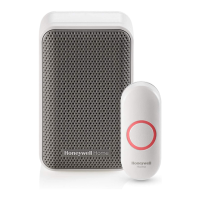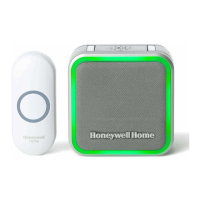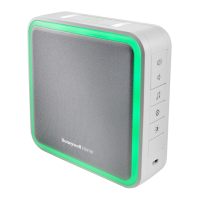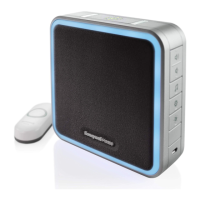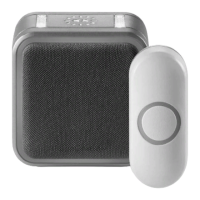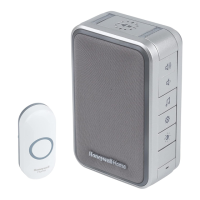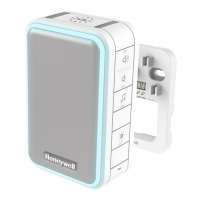If Then
The doorbell does not work
1. Make sure the correct batteries (4 AA alkaline cells, 1 CR2032) are installed with the
correct polarity.
2. The doorbell might be out of range; try the doorbell in a different location.
3. Reconnect the doorbell. See “Connect a Push Button”.
Two ‘beep’ sounds are heard after
the normal tune
Replace push button battery with a new CR2032.
The LED on the side turns on Replace doorbell batteries with 4 new AA alkaline batteries.
Range is reduced
1. Metal structures including uPVC door frames can reduce the range. Don’t mount the
the doorbell or push button on or near metal structures.
2. Move the doorbell closer to the push button.
3. Weak batteries will reduce range. In cold conditions (below 41ºF [5ºC]), batteries may
need to be replaced more often.
For help please visit resideo.com or call 1-800-633-3991.
CAUTION: Before operating, make sure that the product components have not been damaged, have not been exposed to water
or high temperatures.
FCC Regulations
This device complies with part 15 of the FCC Rules. Operation is subject to the following two conditions:
1. This device may not cause harmful interference, and
2. this device must accept any interference received, including interference that may cause undesired operation.
The grantee is not responsible for any changes or modifications not expressly approved by the party responsible for
compliance. Such modifications could void the user’s authority to operate the equipment.
This equipment has been tested and found to comply with the limits for a Class B digital device, pursuant to part 15 of the FCC
Rules. These limits are designed to provide reasonable protection against harmful interference in a residential installation. This
equipment generates, uses and can radiate radio frequency energy and, if not installed and used in accordance with the
instructions, may cause harmful interference to radio communications. However, there is no guarantee that interference will not
occur in a particular installation. If this equipment does cause harmful interference to radio or television reception, which can be
determined by turning the equipment off and on, the user is encouraged to try to correct the interference by one or more of the
following measures:
Reorient or relocate the receiving antenna.
Increase the separation between the equipment and receiver.
Connect the equipment into an outlet on a circuit different from that to which the receiver is connected.
Consult the dealer or an experienced radio/TV technician for help.
This transmitter must not be co-located or operating in conjunction with any other antenna or transmitter. This equipment should
be installed and operated with a minimum distance of 20 millimeters between the radiator and your body.
IC Regulations
CAN ICES-3(B)/ NMB-3(B)
This device complies with Industry Canada licence‐exempt RSS standard(s).
Operation is subject to the following two conditions:
1. this device may not cause interference, and
2. this device must accept any interference, including interference that may cause undesired operation of the device. CAN
ICES-3(B)/NMB-3(B)
The device meets the exemption from the routine evaluation limits in section 2.5 of RSS 102 and compliance with RSS-102 RF
exposure, users can obtain Canadian information on RF exposure and compliance.
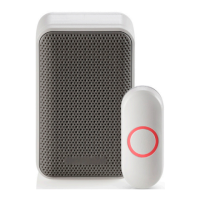
